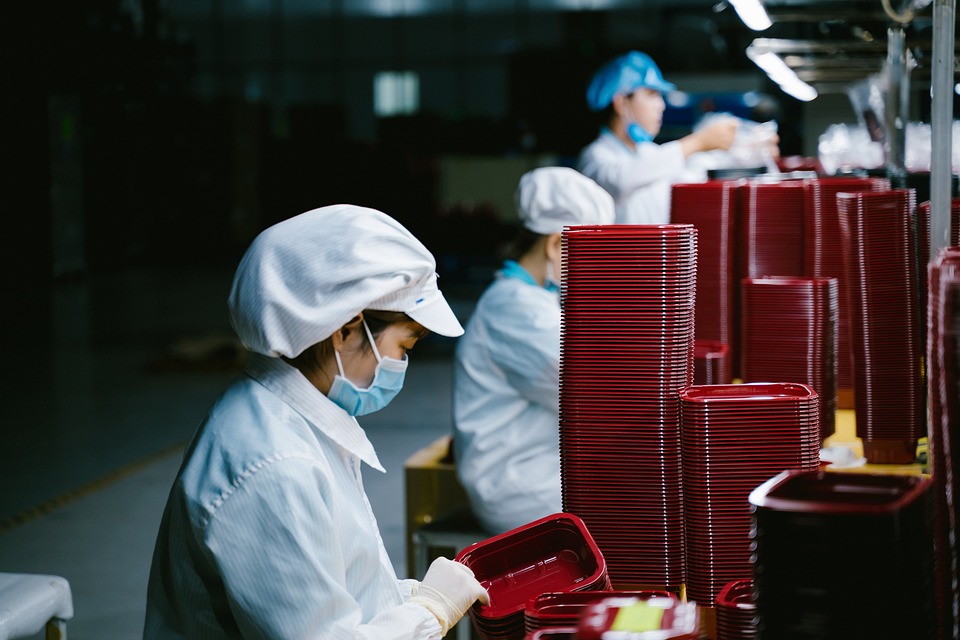
The manufacturing world has embraced injection molding as the most efficient and cost-effective way to produce plastic parts for a wide variety of applications. This process has revolutionized the way that products are created and produced for companies of all sizes. In this article, we'll look at precision injection molding in detail. We'll explore what it is, how it works, the benefits it offers, and what types of parts can be created with it.
What Is Injection Molding?
Injection molding can be described as the process of forming a molten material (plastic or metal) into a desired shape. A heated barrel containing the material is injected into a cooled mold cavity under pressure. The material then takes on the form of a mold and is allowed to cool before being removed from the mold cavity.
Injection molding is one of the most popular methods for producing plastic parts. It is used to produce products ranging from smartphone cases and packaging to automotive components, medical devices, and more.
How Does Injection Molding Work?
Injection molding begins with a design for the part or product being created. The desired size, shape, and texture must all be taken into account when designing a part for injection molding. Once the design has been finalized, a mold is created to replicate it. The mold is composed of two main parts: the injection cavity and the ejector pin plate. The injection cavity forms the part's shape, while the ejector pin plate contains pins that help to open and close the mold during operation. The next step is to load the desired material into a heated barrel. The material begins to melt and is then injected under high pressure into the injection cavity. Once the molten material has filled the mold, it cools before being ejected from the cavity with the help of ejector pins.
The Benefits of Injection Molding
Injection molding offers a variety of benefits, including:
Leverages Repetition & Consistency
One of the biggest benefits of injection molding is its ability to produce large numbers of identical parts quickly and with minimal variation. This process is highly repeatable and requires only minor adjustments when switching from one product to another.
In manufacturing, repetition and consistency are essential for quality assurance and cost control. Injection molding allows companies to produce large quantities of parts in the shortest possible time, ensuring that all parts meet exact specifications.
Cost Savings
Injection molding is a relatively inexpensive process compared to other manufacturing methods. It can be used to create complex shapes from thermoplastics or thermoplastic composites, which cost less than metals. It also requires fewer steps and less labor than other manufacturing techniques, reducing overall production costs.
Faster Production
Injection molding is one of the fastest production processes in manufacturing. It can produce a large number of parts in minutes or even seconds, depending on the complexity of the part. This efficiency results in faster turnaround times and quicker time to market, helping manufacturers stay competitive.
Simplicity & Flexibility
Injection molding is a simple process that can be easily modified and automated. This makes it highly flexible, allowing companies to quickly adjust their production runs based on changing customer demands or shifting trends in the marketplace. It also makes it possible to produce complex parts quickly and efficiently.
Environmental Advantages
Injection molding is an environmentally friendly process that uses fewer resources than other manufacturing methods. The plastic pellets used in the process are recycled, reducing the waste produced during production. Additionally, the process produces less scrap material than other processes, helping to reduce emissions and conserve resources.
Downsides of Injection Molding
Just like everything else, injection molding has its fair share of drawbacks. They include:
High Tooling Costs
Even though this process will save you a significant amount down the road, the upfront costs for tooling are quite high. For this reason, it is only cost-effective for larger production runs, which can make it difficult for small businesses to take advantage of.
Required Expertise
Injection molding requires a level of expertise and experience that many smaller manufacturers may not have. As such, companies must invest in hiring skilled professionals with the necessary knowledge and experience to make sure that the process goes smoothly.
Small Design Errors Have Huge Costs
Since the production process is highly automated, small errors in the design can have a large impact on the cost and quality of the final product. Generally, it is best to hire an experienced professional to ensure that all designs are accurate before going into production.
Conclusion
Injection molding is a versatile and efficient production process that has many advantages for manufacturers. It allows for fast, repeatable production with minimal wastage, simplifying the manufacturing process and helping companies stay competitive in today's ever-evolving marketplace. With its combination of speed, accuracy, cost savings, and environmental advantages, this process is an ideal choice for many companies.
